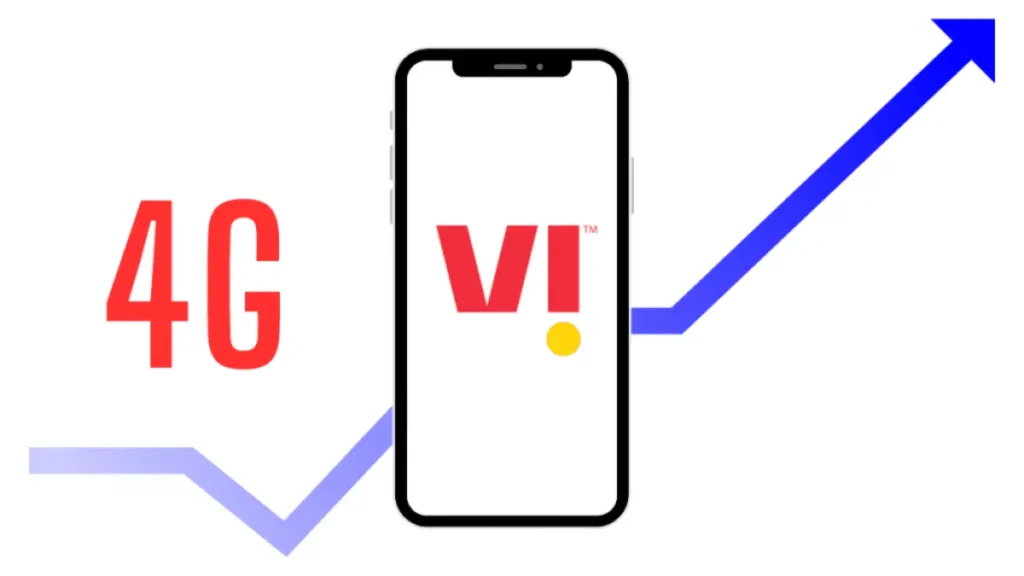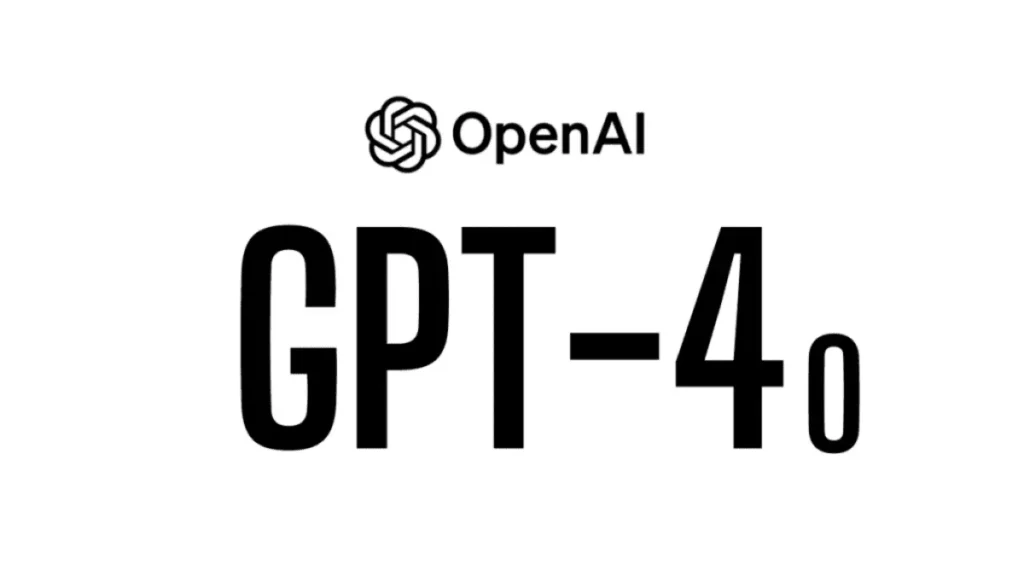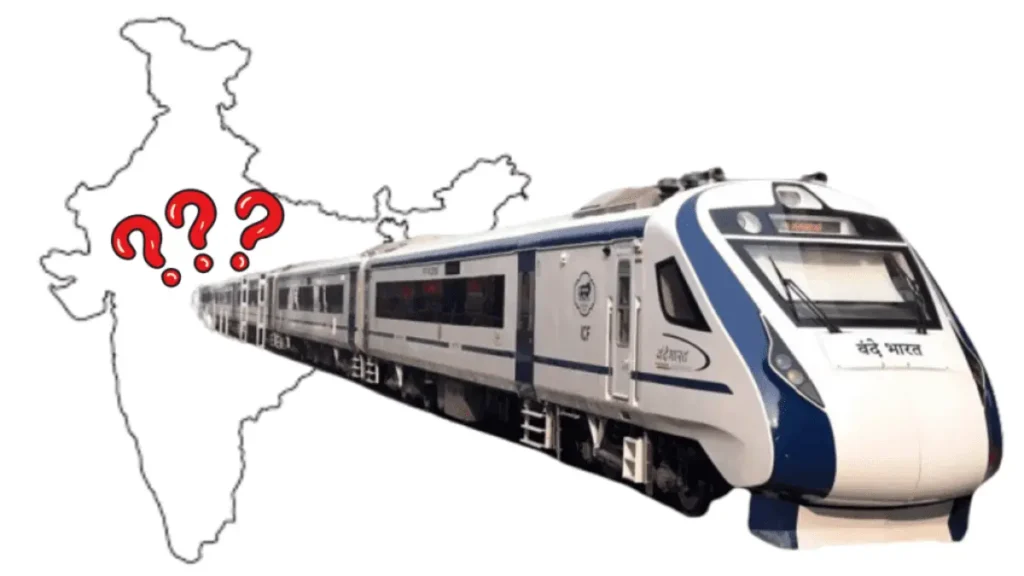Vi, the Indian telecom operator shaped through the merger of Vodafone India and Idea Cellular, has announced its plans to awareness on strengthening its current 4G network earlier than launching 5G services.
This comes amidst consumer churn because of weak network insurance, specifically in non-metropolitan areas.
Focus on Strengthening 4G Network
In a assertion, Vi CEO referred to that the company will prioritize expanding and enhancing its 4G coverage in 17 key circles throughout India.
This method targets to address purchaser dissatisfaction and save you similarly subscriber losses.
Vi acknowledges the need to be competitive inside the 4G space earlier than venturing into 5G.
Phased Approach to 5G Rollout
While Vi acknowledges the potential of 5G, the business enterprise plans to take a phased technique to its rollout.
The initial attention can be on metro cities wherein there is a better attention of 5G-enabled devices.
Read Also: Telecom Industry Attrition Rate Shows Improvement, But Challenges Remain
This aligns with the enterprise fashion of prioritizing regions with better demand and capability for revenue generation.
Investment Strategy and Timeline
Vi expects to complete the growth of its 4G community in those 17 priority circles within 12-15 months.
The corporation is also planning a capital expenditure of Rs 50,000-55,000 crore over the following three years for network improvement and expansion.
This investment might be divided among 4G and 5G infrastructure improvement.
Addressing Regulatory Challenges
Vi also highlighted the challenges posed with the aid of the high government levies and spectrum acquisition costs.
These factors can considerably impact the economic viability of telecom agencies, specifically whilst investing in new technologies like 5G.
The Road Ahead for Vodafone India

Vi’s method of prioritizing 4G network development earlier than venturing into 5G reflects a careful and pragmatic approach.
By addressing current consumer issues and ensuring a sturdy 4G basis, Vi can probably function itself for a more successful 5G rollout inside the future.
However, navigating the regulatory panorama and addressing excessive operational costs will remain key challenges for Vi in the long run.
Additional Considerations
While the provided statistics gives a glimpse into Vi’s plans, there are some aspects that remain unclear.
The specific cities protected within the 17 precedence circles haven’t been disclosed.
Additionally, a greater particular timeline for the 5G rollout in metro cities might be beneficial for customers and enterprise stakeholders.
Overall, Vi’s recognition on addressing its 4G network problems demonstrates a customer-centric approach.
However, the success of this strategy will rely upon the enterprise’s capacity to execute successfully and navigate the wider regulatory environment.


